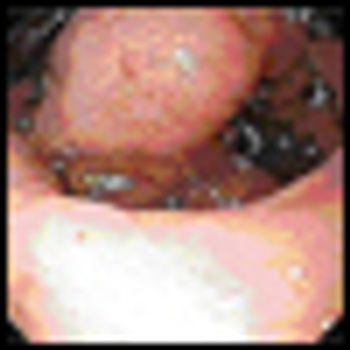
CHICAGO-Sunday, June 1 marked the 15th annual Cancer Survivors’ Celebration and Walk, sponsored by the Robert H. Lurie Cancer Center of Northwestern University as part of National Cancer Survivors Day. More than 800 cancer survivors participated in the walk (see photograph).

